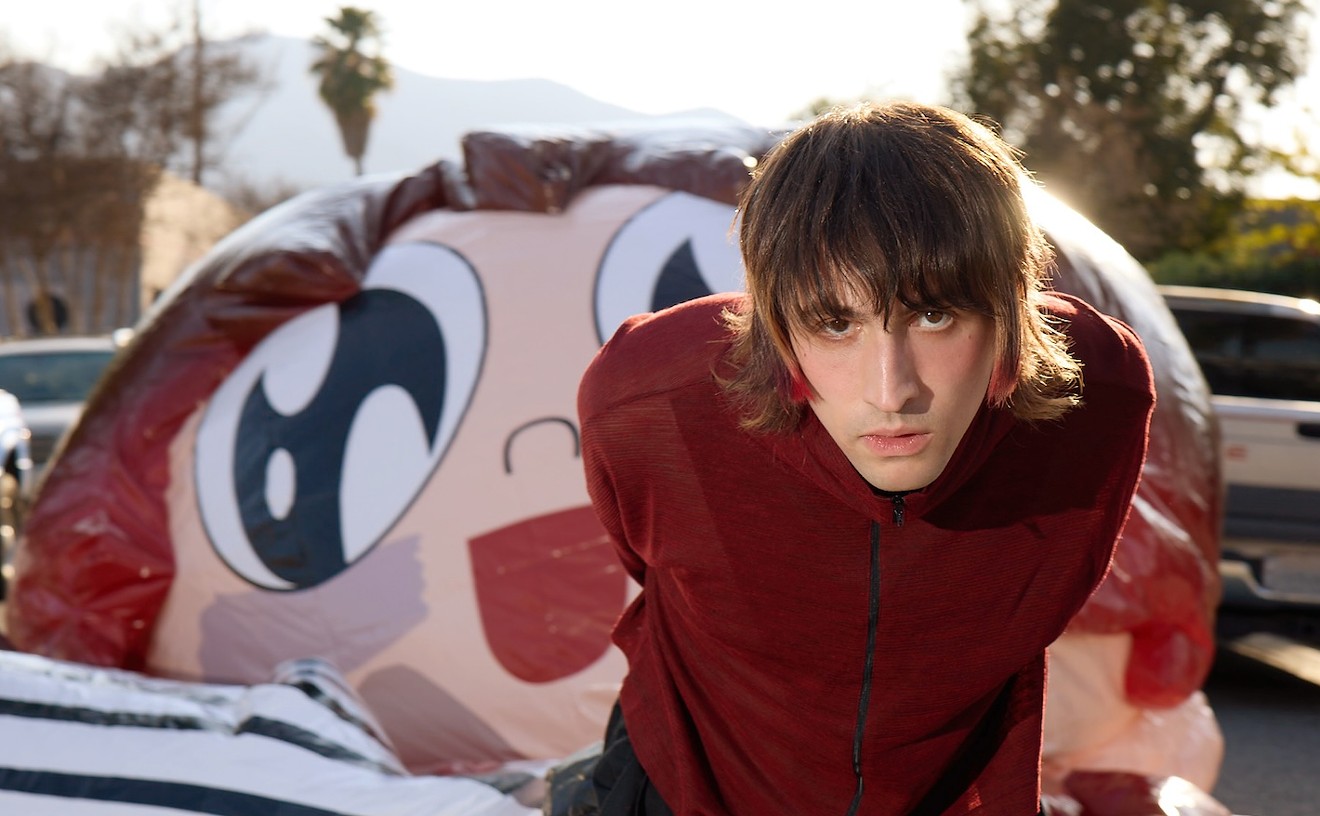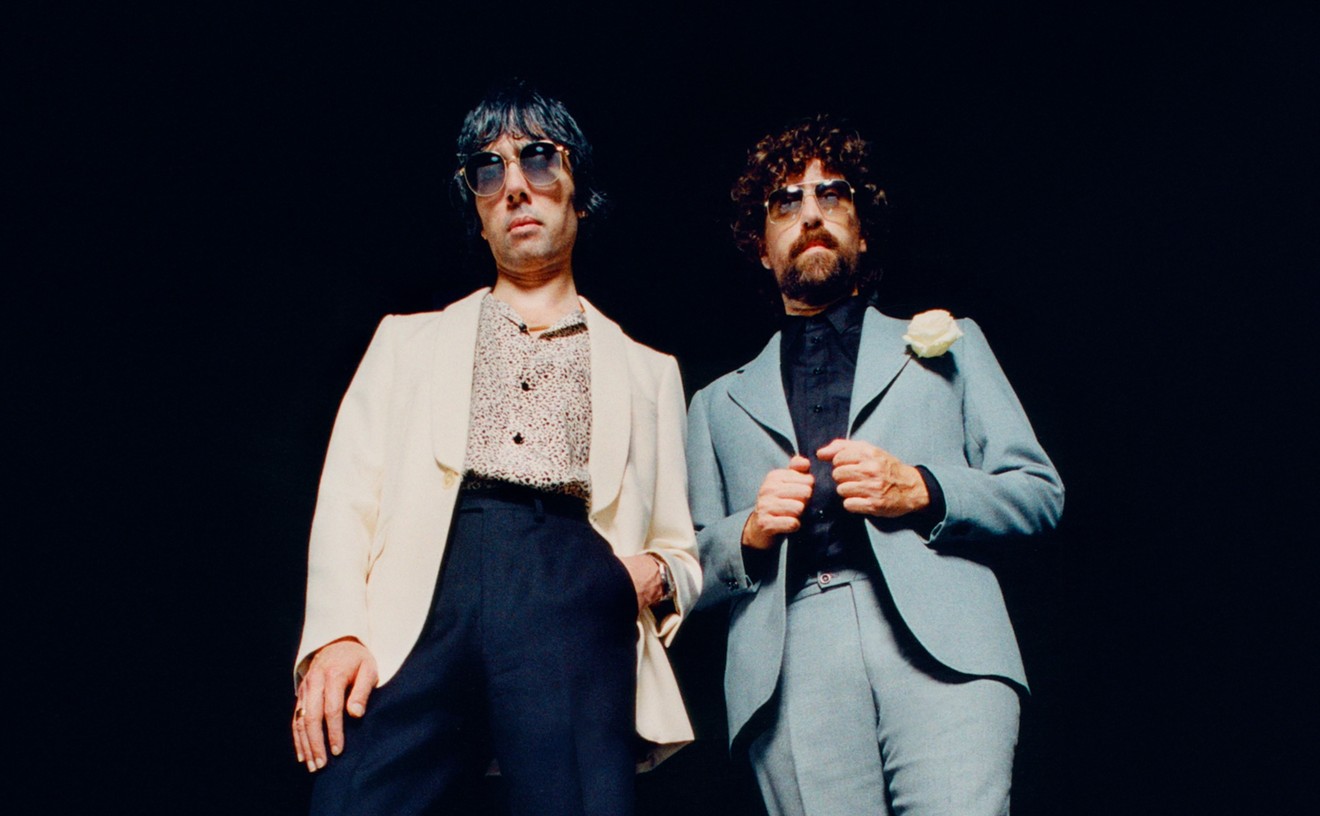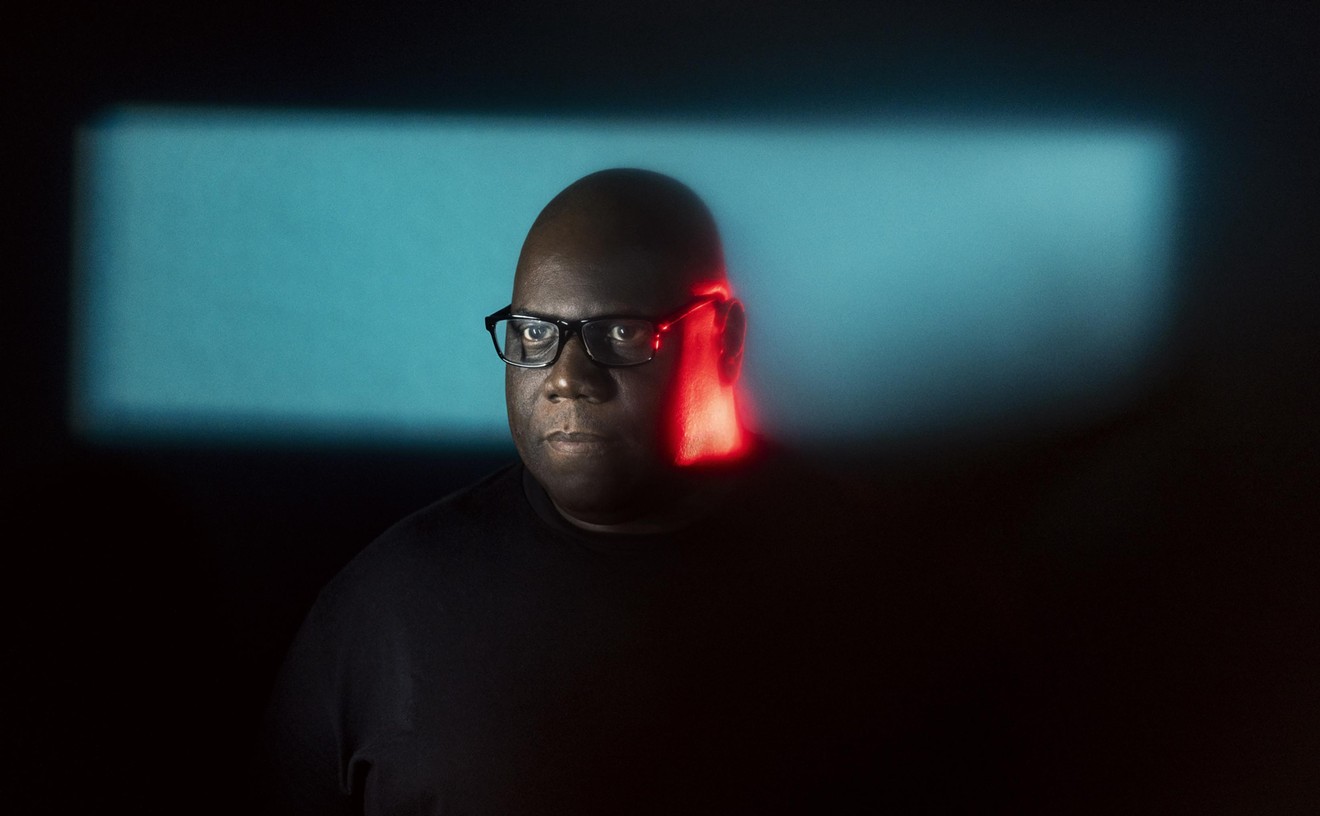Sufjan Stevens loves themes. Over the years, he's made two albums about states (Michigan and Illinois), two box sets of Christmas music (Songs for Christmas, vol. 1-5 and Silver & Gold, vol. 6-10), an ode to the Brooklyn-Queens Expressway (The BQE), and two albums centered around the Chinese zodiac and the Bible (Enjoy Your Rabbit and Seven Swans, respectively.) The latter, Seven Swans, contains many Christian themes that perpetually appear in his music. His latest record, Carrie & Lowell, is no different. It's Stevens' attempt to cope with the 2012 death of his estranged mother.
Saturday night he brought his self-described “funeral” to the Olympia Theater in Miami, and it was the most beautiful church service heathens and believers alike could have hoped for.
“This show is like a funeral; it sucks doing it every night.”
tweet this
Stevens made a smart choice in setting his first Miami stop in the historic and enchanting Olympia Theater. Debuting in 1926, the theater features Mediterranean and Moorish decor, with balconies and statues adorning the eaves and a simulated night sky complete with clouds and stars. The Olympia is as simultaneously grand and intimate as any Sufjan Stevens composition and thus was the perfect fit for this particular tour.
Clad in all black, Stevens was dressed simply, but his show was robed in an altogether more complex aural attire. Known for injecting his brand of indie folk with bits of African rhythms, electronica, and rock and for his extensive use of a variety of instruments, Stevens brought the entire musical armory to Miami, including his digital tools and acoustic weaponry. Stevens and his four-piece backing band made the proceedings grander and richer than a five-person ensemble without a full orchestra should be capable of.
The stage lighting surrounding Stevens and the LED screens behind him weren’t extravagant, but they were enthralling. Like several giant mood rings, the lights mimicked the tone he set with each song. More impressive were the screens that resembled stained-glass windows both in shape and imagery. At one point, there was footage of his mother and father, adorable in their youth and courtship.
For the most part, Miami behaved, and aside from the occasional shush wars, the audience allowed the drama to unfold. Stevens, an emotional puppet master, mesmerized and created moments that sucked in the crowd over and over again. Even as soft and quiet as some of his music is, or perhaps because of it, Stevens is quite deliberate in how he plays with sounds and tones, and he often embraces the imperfections that only help to enhance the experience.
Stevens performed Carrie & Lowell almost in its entirety and crafted a show that was tender, raw, and
Prior to the encore, Stevens addressed the crowd, saying, “This show is like a funeral; it sucks doing it every night.” He used his dry humor to segue into the final third of the concert, a blend of fan favorites such as “Concerning the UFO Sighting Near Highland, Illinois,” an acoustic version of “Chicago,” and “John Wayne Gacy Jr.,” of which he said, “I never thought it would be a relief to play this, my murder ballad."
He left the biggest thrill for the very end of the evening: a cover of Drake’s “Hotline Bling,” assisted by the opener, Gallant. The reason for the cover, according to Stevens: “I have no happy songs to end the set.”
Throughout the night, nearly every song felt like a peek into an old photo album that conjured a nostalgia for a history not our own but that still seemed familiar. Arranged around his earnest, damaged whispers and crooning, the concert was a cohesive and majestic work of art, each song performed with the gravitas of a church hymn. Like a preacher engulfed with the power and vigor of the Holy Spirit, Sufjan Stevens held Miami in awe with the loveliest sermon in all of creation.










